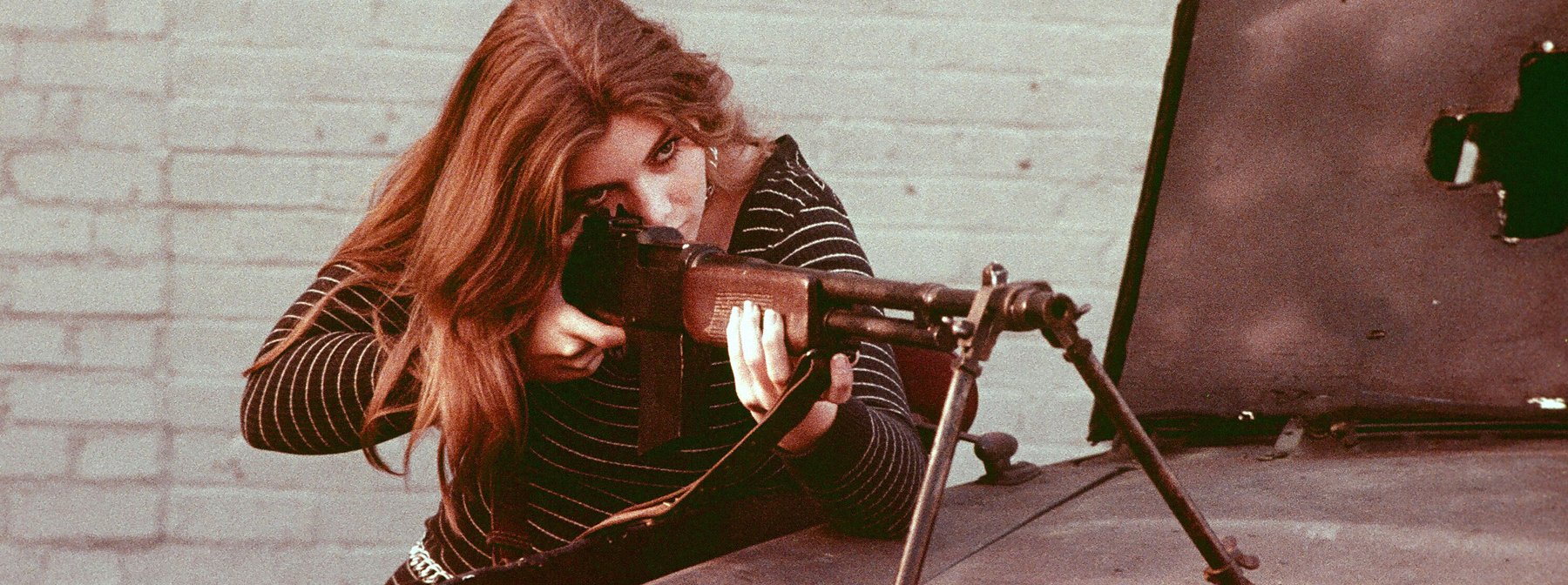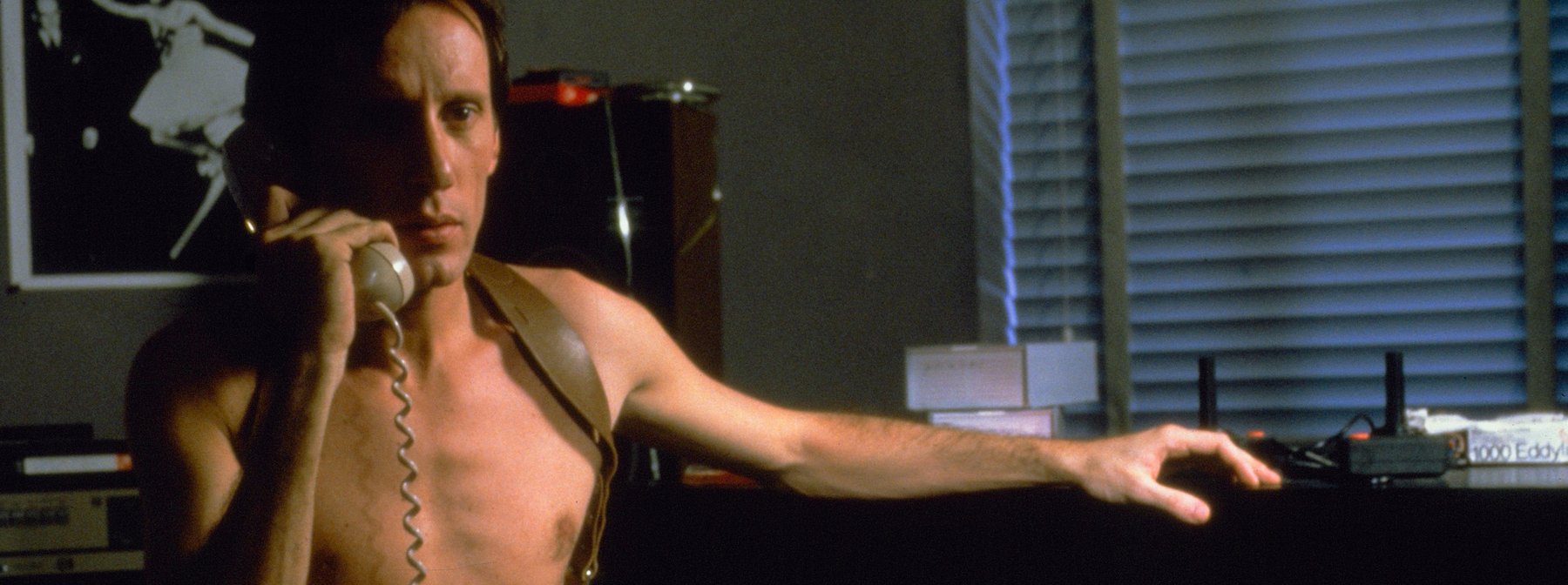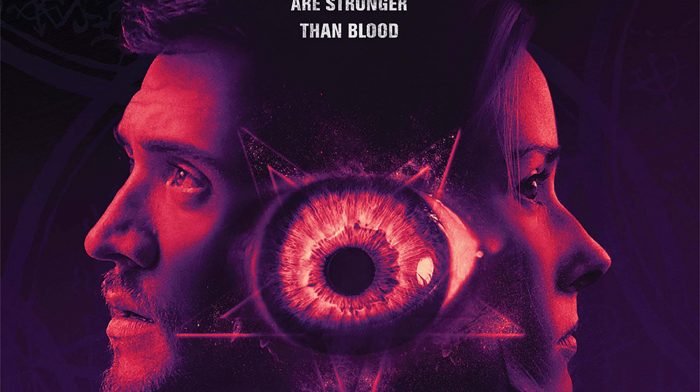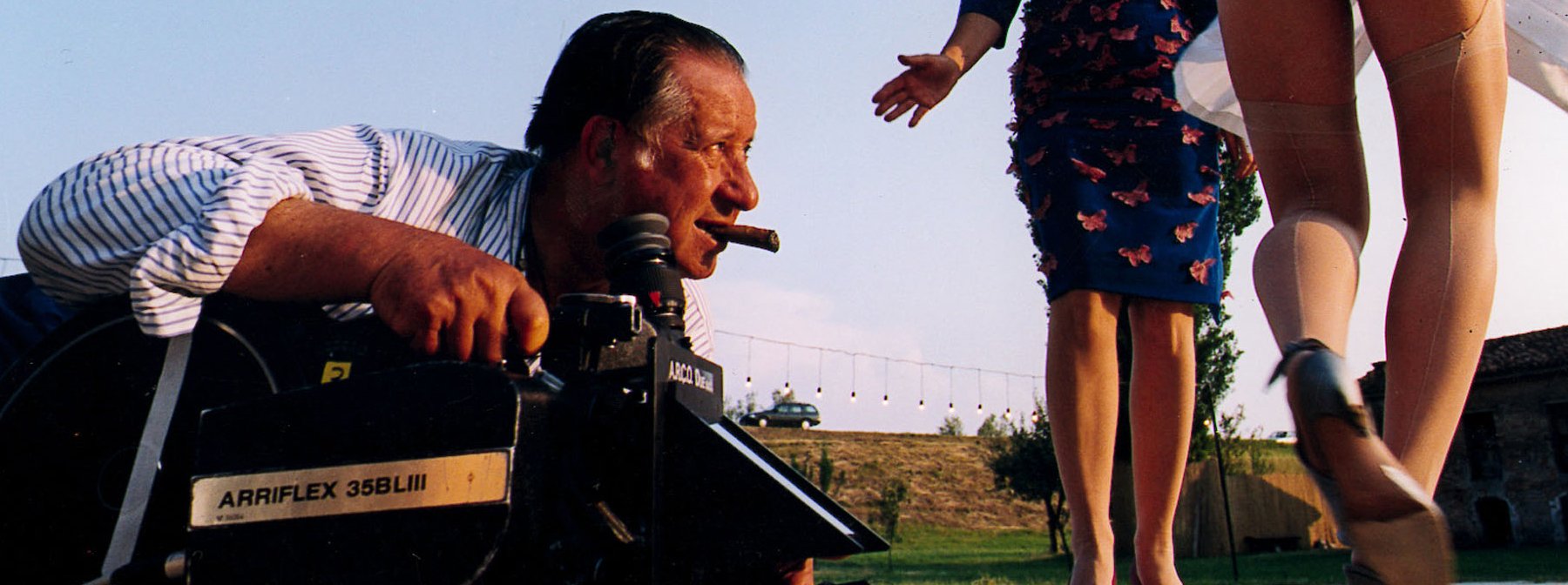Gothic Fantastico, or Italian Gothic, or even ‘cinema di paura’ (‘scary cinema’) is a term given to a very specific period of Italian moviemaking, from 1957 to 1966 (though excellent Italian Gothic movies continued to be released, this was the genre’s peak period).
Arrow has a strong history of releasing fantastic Italian gothic pictures, whether that’s Black Sunday, Kill Baby Kill, or the lesser-seen Mill Of The Stone Women (the first Italian horror movie to be shot in colour), and this Halloween, you’ll be able to curl up in front of the fire at your nearest castle with their latest Blu contribution to the black canon – a collection of key Italian gothic flicks titled Gothic Fantastico: Four Italian Tales of Terror.
The set features the work of significant horror directors, Damiano Damiani’s The Witch, Massimo Pupillo’s Lady Morgan’s Vengeance, Alberto De Martino’s The Blancheville Monster, and Mino Guerinni’s The Third Eye. To celebrate, we’ve put together this introduction to the directors and their work – placing them in context with some of the other important contributors to the genre. If you’d like to know more, we’d recommend reading Roberto Curti’s definitive book ‘Italian Gothic Horror Films, 1957 – 1969,’ where all of these films and filmmakers appear.
So, pull on your laciest black shroud, prepare the iron maiden, and settle down in front of your finest plot-twist tapestry for some of the best the Italian gothic genre has to offer.
Riccardo Freda
Italy’s first horror movie of the sound era, the sublime I Vampiri, set the template for much of what was to follow in the gothic genre (including vampires, castles, and a combination of scares and romance) – not least because a certain Mario Bava (more of him in a moment) took over from Freda after the director walked off the set on the final day of filming. Talk about passing the (flaming) torch!
Freda released another transformative gothic title, 1962’s The Horrible Dr Hichcock, a Lovecraftian necrophile tale which took place in England (and yes, that misspelled titular reference to Alfred isn’t a coincidence – Hitchcock was very popular in Italy) – and travelled even further, with foreign sales of Freda’s film keeping Italian gothic’s black heart beating.
Mario Bava
Contextually, we can’t write this feature without including Mario Bava, the director who did more to ensure that a genre that existed (in real time) for less than a decade, went on to survive longer than the vampires, ghosts and ghouls that populated its plots.
To describe Bava’s contribution as significant is to underate him, even if he’s probably best known for his work on giallo cinema (arguably creating that genre, too). But The Whip and the Body, Black Sunday, Black Sabbath, and Kill, Baby, Kill are all so important that any history of the genre would be incomplete without mentioning them.
If you’re reading this, you’ve probably seen them all – but if they’re missing from your tick list, welcome to your new favourite filmmaker. Bava is a director who uses locations like they’re (terrifying) characters in their own right, who was so transgressive (with a fascination with sexual repression) that censors cut up his movies brutally, wielding knives not scissors – and who turned Barbara Steele into a gothic horror icon. Mario the maestro!
Damiano Damiani
Once described as “the most American of Italian directors” by critic Paolo Mereghetti, Damiani’s The Witch (1966) is more in line with the early work of a Polish director – Roman Polanski, whose film Rosemary’s Baby would go on to be released two years after Damiani’s masterpiece, and would contain a similarly oppressive occult atmosphere. They also share a modern setting, unusual in gothic cinema, as well as some dodgy herbs at the heart of the plot.
Like Polanski, Damiani’s attention to the relationship between form and content marks him out as a director who creates poetry with the camera – often connecting the psychology of the characters with the framing of shots containing them. The Witch is one of the very finest films on Arrow’s new box set, and if it makes you a Damiani die-hard, check out his excellent crime movies, including Confessions of a Police Captain, Girolimoni: The Monster of Rome, and the incredible Lo Ho Paura.

Aura (Rosanna Schiaffino) and Consuelo (Sarah Ferrati) in light and shade in The Witch (1966)
Alberto De Martino
Alberto De Martino’s The Blancheville Monster (1963) is a unique entry into the gothic horror genre, which makes sense – De Martino was a unique director. In horror (chalk) circles, he’s perhaps best known for his fun (and fearsome) Exorcist rip-off The Antichrist (1974), but Martino tried his hand at many genres, including westerns, spy thrillers, crime movies, and even sword-and-sandals fantasy. The Blancheville Monster feels like the work of a director who can’t sit still for long – he later rejected the gothic genre, claiming his movie was more in line with Hitchcock movies. By the time you reach Blancheville’s third act, you’ll see what he means.
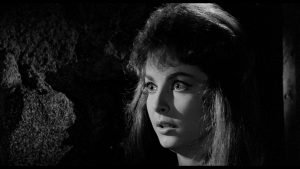
Alice (Irán Eory) can’t believe her eyes in The Blancheville Monster (1963)
Mino Guerrini
Guerrini’s The Third Eye (1966) is probably best paired with Freda’s The Horrible Dr Hichcock, seeing as they’re both essentially about necrophilia, but The Third Eye is in a class of its own. Mino Guerrini had an unusual path to becoming a director – leaving a respected career in avant-garde painting to direct movies, with The Third Eye his fourth film, and his first horror. He had a gift for the genre (at least, the Italian censors thought so – cutting his film to shreds), bringing the gothic into the modern day, without losing any of the atmosphere that makes the era so special. As with Guerrini’s painting career, politics plays a part, with necrophilia a metaphor for Italy’s relationship with its right-wing past (and present).

Mino (Franco Nero) with a knife and not afraid to use it in The Third Eye (1966)
Massimo Pupillo
1965 saw Pupillo’s entire contribution to horror history released at the same time, with Terror-Creatures from the Grave, Bloody Pit of Horror, and Lady Morgan’s Vengeance all finding distribution that year. They would be his only horror films, despite several offers to make more, with the director later bemoaning the fact a producer had put him in the same category as Mario Bava (we’d be flattered!)
Despite this, all three of Pupillo’s horror movies are worth seeking out, with Lady Morgan’s Vengeance the one to watch first (and, helpfully, it appears on Arrow’s box set). Lady Morgan’s Vengeance’s surreal atmosphere builds to an unforgettably bleak ending, finding time for some of the most powerfully erotic spook sex this side of Ghostbusters. Truly weird, with some bizarre twists, and great gore, Lady Morgan’s Vengeance is Pupillo’s horror movie mic drop.

